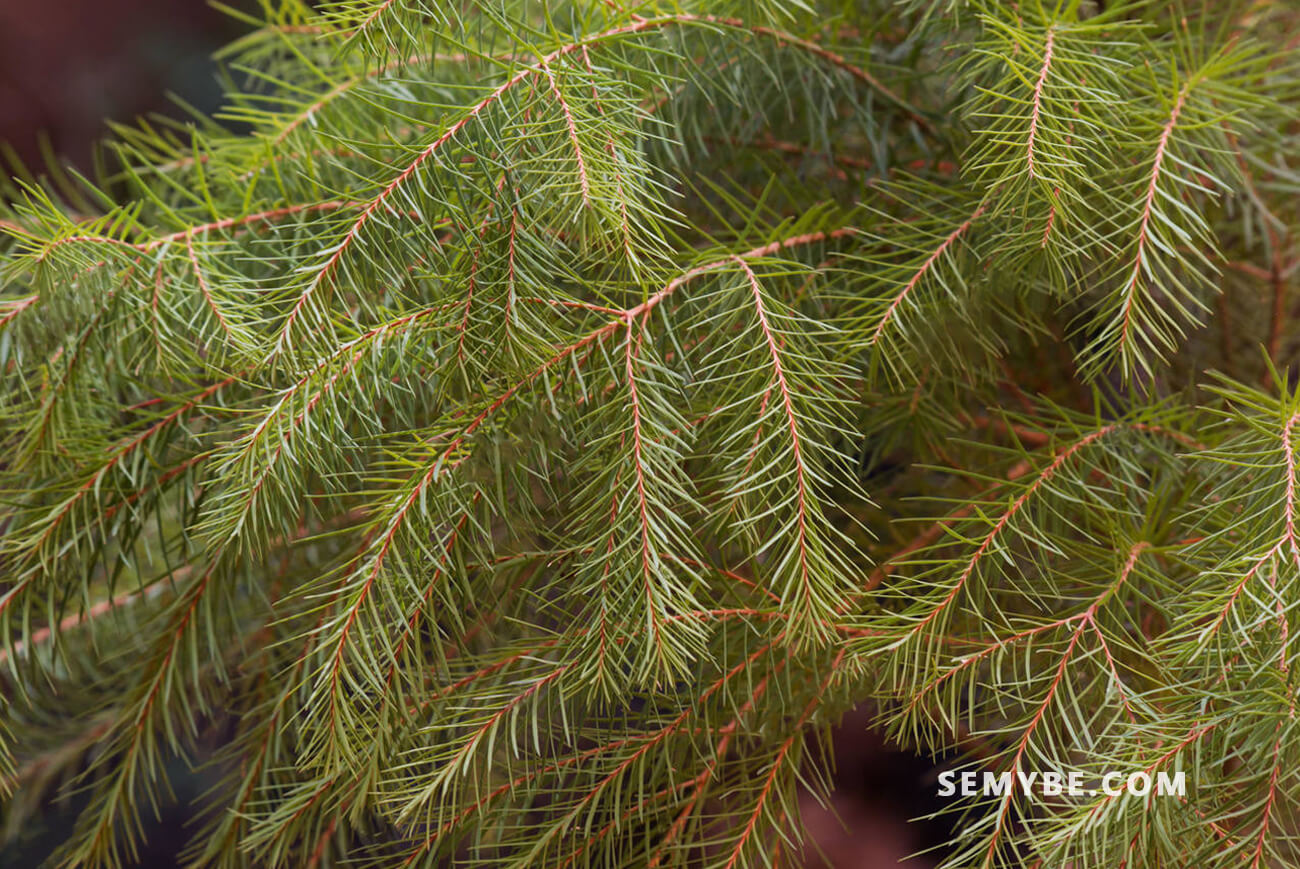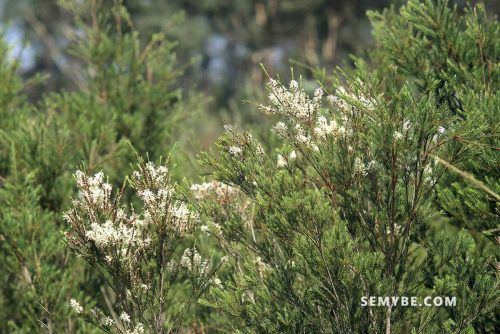
Melaleuca Alternifolia
1. History and use
Originally from Australia, the tea tree grows on the wet soils of New South Wales and Queensland. It is grown by cuttings in summer. The leaves and small branches used for the extraction of oil essential are collected during the year.
2. Description of the plant
The tea tree, and its essential oil in particular, is natural of the most important insect bites, one antiseptics. Effective against wounds and in case of skin problems, this plant also treats bronchial affections. The tea tree is a traditional remedy inherited from Australian aborigines and is used today in Europe as well as in the United States.

3. Curative action
- In australia
Aborigines have always used the tea tree for its medicinal properties Crushed, leaves are brewed to cure coughs, colds and skin diseases.
- Dermatology
The tea tree is effective against diseases of the skin, such as athlete’s foot and ringworm, corns, warts, acne or boils II genuts infected burns, insect bites and stings and other skin problems.
- Chronic diseases
In the internal use, the tea tree treats certain chronic or acute diseases such as cystitis and chronic fatigue.
- Oral infections
Tea tree tea mouthwashes cure gum infections Gargansmes relieve sore throat.
- Vaginal infections
The tea tree treats, in particular, vaginal candidiasis.
4. Uses
Essential Oil Mix 3 drops with 12 drops of gifted almond oil and dab on athlete’s foot.
Infusion In case of chronic illness, brew 1/2 tsp in a cup of water. Drink twice a day.




